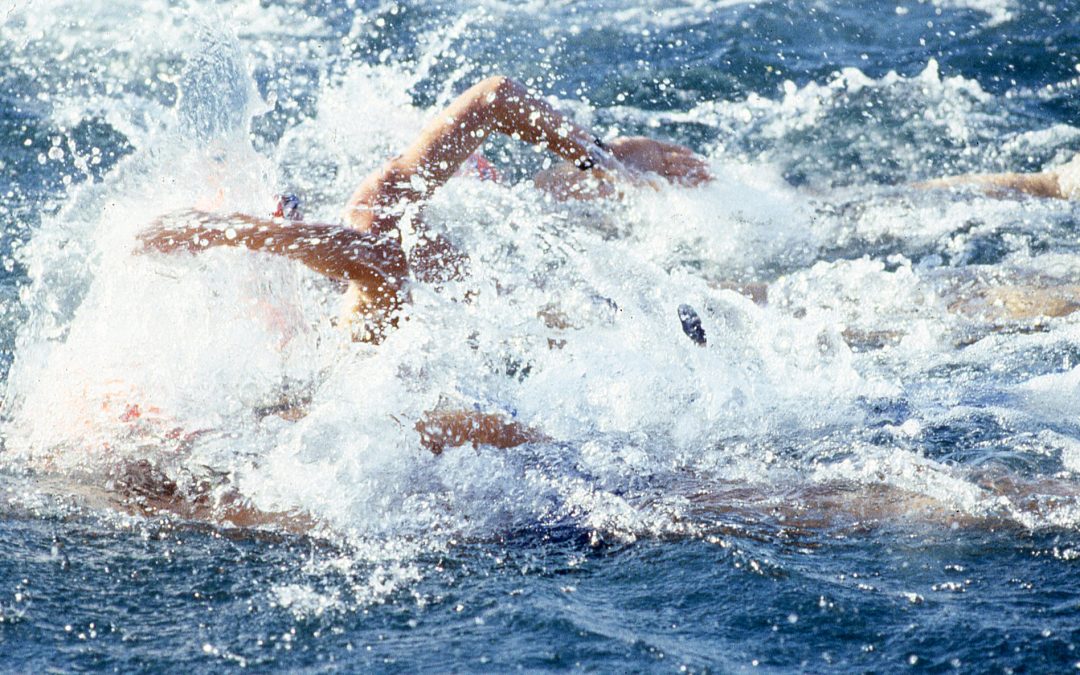If you would like to witness true resilience go to Youtube for video of the Paralympics. Not to take anything away from Olympians who compete or their perseverance to succeed. Most trained from a very young age to break the records of those who came before them and many overcame enormous obstacles to represent their country. The Paralympics takes that grit to another level.
Let me introduce you to Sgt. Elizabeth Marks who competed in the pool in Rio. While serving in the U.S. Army in Iraq in 2010 the sergeant suffered bilateral hip injuries. Three surgeries later and surviving an additional illness that decreased her lung capacity and caused vision issues she headed off to the 2014 Invictus Games in London. A sudden illness led to life support and a medically-induced coma for almost 60 days keeping her from competing. In 2016 she took Invictus gold FOUR TIMES in the pool & has won gold in Rio.
The answer seems to be right behind their eyes
After a terrible event, why do some develop anxiety, shut down with post-traumatic stress disorder or completely give up on life while others use that event to become more resilient? Recent research at Yale points to flexible neural activity in an area of the brain called the ventral medial prefrontal cortex (VmPFC) during sustained stress exposure. The VmPFC is located behind the bridge of your nose.
According to the study published in the journal Proceedings of the National Academy of Sciences, greater flexibility in this area helped to predict those who would regain emotional and behavioral control during stressors. An absence of flexibility in the VmPFC can put you at risk for anger outbursts, emotional eating and binge drinking.
The production of empathetic responses is connected to the VmPFC, as is decision making when the outcome is unknown. We all strive to be more resilient individually and to enable our teams to handle challenges more effectively so what can we do? Since repeatedly firing brain connections can hardwire them, would practicing empathy increase VmPFC activity? I cannot find research to back that plan up, but doesn’t that appear to be worth a shot? The University College London research has shown that activity in the VmPFC changes with sympathetic skin conductance levels (SCL).
The most basic way to measure SCL is by monitoring the sweat gland production in the palm of the hand. The body reacts to what is happening in the brain; learning to control the body’s response can bring that same reaction from the bottom up to our head. When the stress response fires in your head, the sweat glands express in your hands.
By learning to minimize when your stress response fires, you may be able to increase the flexibility of your VmPFC. Developing the control of your SCL requires training and practice, but can the potential benefits be worth it? Look at Elizabeth Marks or Brad Snyder for your answer.
Retired U.S. Navy Lt.Brad Snyder, a graduate of the Naval Academy was on patrol in Afghanistan in 2011 as an explosive ordinance disposal officer when an improvised explosive device was triggered. Snyder endured 100 surgeries and lost his eyesight that day. He went on to win 2 gold and one silver medal in the London Paralympics Games the next year. Snyder competed in the 100 backstroke, 400 freestyle, 50 freestyle, 100 butterfly and 100 freestyle events at the Olympic Aquatics Centre in Rio.
After meeting these heroes who continue to represent the United States, stop for a moment and think about the challenges you are facing that seem overwhelming. Can you see them through a new lens? Does taking control of your resilience appear in reach?


Recent Comments